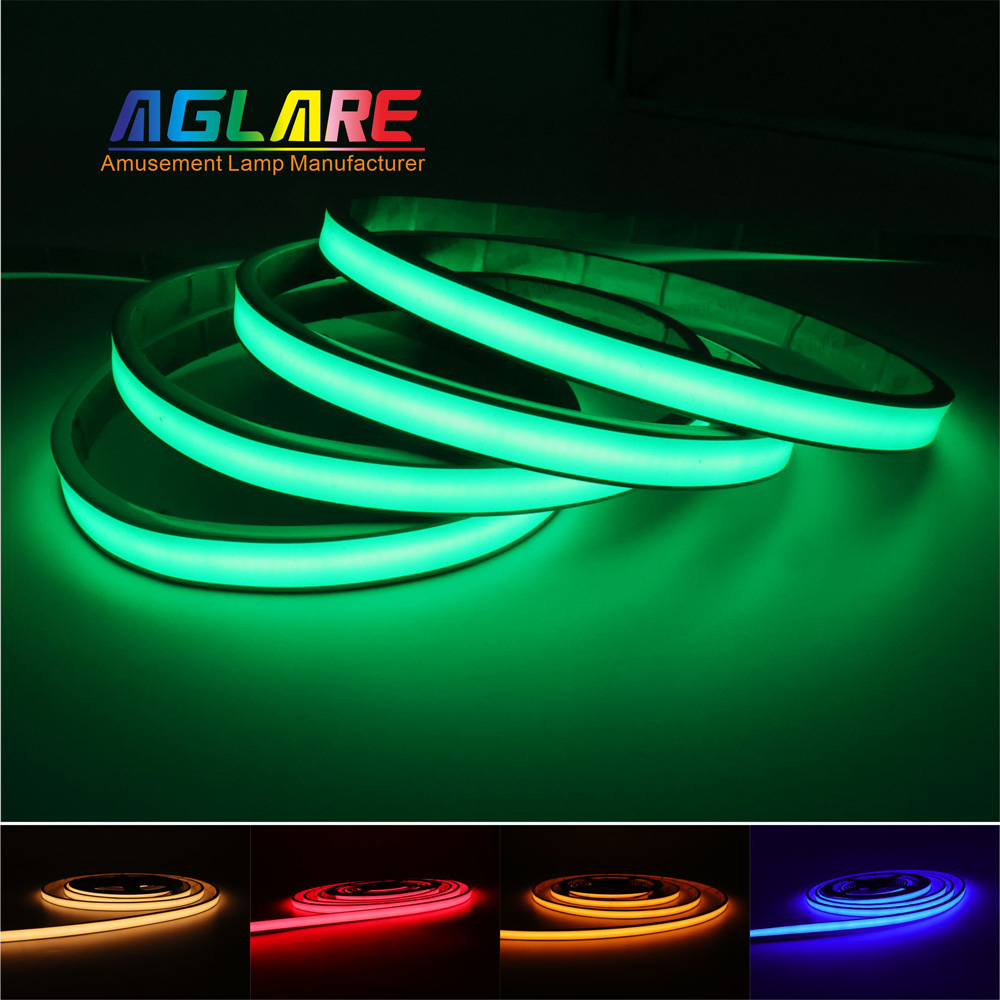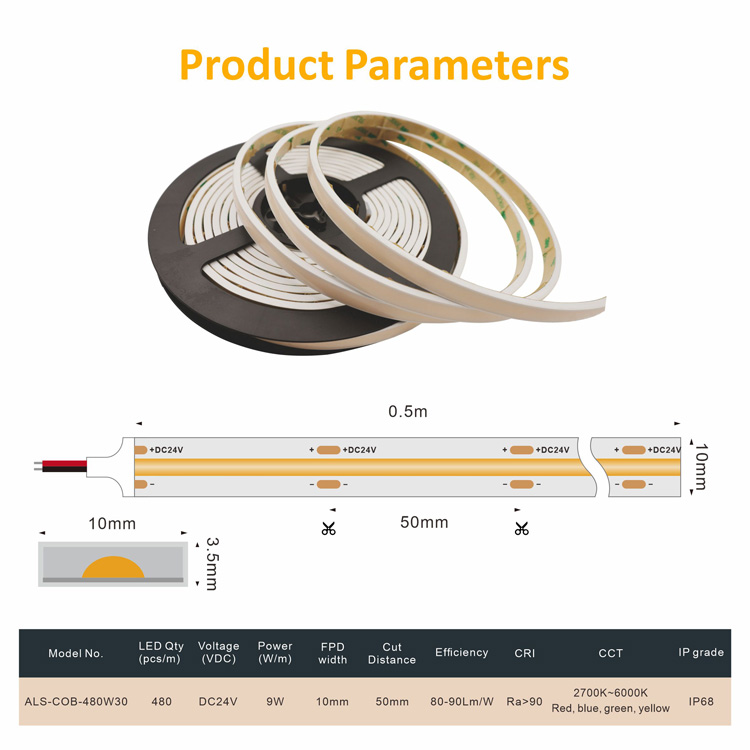-
Products Center
- Module LED Flood Lights
- 100 Series Module LED Flood Lights
- 300 Series Module LED Flood Lights
- 400 Series Module LED Flood Lights
- 600 Series Module LED Flood Lights
- 700 Series Module LED Flood Lights
- 800 Series Module LED Flood Lights
- Cast Aluminum LED Flood Lights
- 100 Series Cast aluminum LED Flood Lights
- 200 Series Cast aluminum LED Flood Lights
- 400 Series Cast aluminum LED Flood Lights
- Street LED Lights
- 100 Series COB LED Street Lights
- 200 Series SMD LED Street Lights
- 300 Series COB LED Street Lights
- 400 Series SMD LED Street Lights
- Application Area
- Certificate Center
- Technical Support
- Contact US

What are the waterproof ratings for LED strip lights?
- date: 2024-03-11
- category: Industry knowledge
- click:
What are the waterproof ratings for LED strip lights?LED light strips are classified according to their waterproof level. There are four commonly used levels:

IP20: Non-waterproof strip lights, often used indoors, avoid use in humid or water-contact environments.
IP65: Waterproof led light strips, based on the bare light strip, it is waterproof with silicone surface drops, PU surface drops, heat shrink sleeves and other methods.
IP67: LED Strip Lights Waterproof are waterproofed with silicone sleeves and PU two-color half sleeves. As well as commonly used silicone extruded neon light strips, their waterproof level can also reach IP67. They are often used for outdoor lighting, such as building outlines, bridges, and city parks. , shopping mall festive atmosphere decoration, etc.
IP68: The highest level of waterproofing. It is made of silicone glue and fully filled with PU to achieve waterproofing. It can be used for underwater light strips, such as pools, swimming pools, water feature manufacturing, etc., which require the use of high-grade waterproof light strips.
There are many waterproofing methods for light strips. On the basis of bare light panels, waterproof processing is performed, waterproof materials are used, and the light strips are semi-wrapped or fully wrapped to achieve waterproofing.
When purchasing LED light strips, choose the waterproof level of the light strip based on the actual use environment.

So what to consider when buying LED strip lights?
1. Brightness and power: Choose an LED strip lights with appropriate brightness according to actual application requirements, usually expressed in lumens per meter of light strip (lm/m). Power (wattage) will also affect the brightness, but it is not absolute. The luminous efficiency of the lamp beads must also be considered.
2. Color temperature and light color: Color temperature can be measured by Kelvin temperature (K). Choose the appropriate color temperature to adapt to different environmental atmospheres. For example, warm white light (2700K-3000K) is suitable for creating a warm and comfortable atmosphere, while cool white light (4000K- 6500K) is more suitable for office and commercial lighting environments.
3. Size and length: Choose a light strip of appropriate length according to the installation location and space size, and also consider whether the light strip can be cut and connected to ensure a perfect fit for actual installation needs.
4. Waterproof level: For humid environments such as outdoors or in bathrooms, LED light strips with a waterproof level of at least IP65 should be selected to ensure their waterproof and moisture-proof performance.
5. Power supply method: Determine the working voltage of the light strip (usually 12V or 24V DC), and select the matching driving power supply or transformer.
6. Control system: If you need dynamic changing effects, consider choosing a light strip that supports DMX512 control or other intelligent control systems to achieve functions such as brightness adjustment, color change, and scene mode setting.
7. Quality and brand: Choose a brand with good reputation and guaranteed quality, and check the product's certification mark (such as CE, RoHS, etc.), as well as the product's service life, brightness attenuation speed, warranty policy, etc.
8. Installation method: Choose the appropriate installation method according to the installation location, such as magnetic, snap-on, adhesive, etc., to ensure that the installation is convenient, stable and does not affect the appearance.
9. Light efficiency and color rendering index: The light efficiency reflects the energy utilization rate of the LED light strip, the higher the better; the color rendering index (CRI) is related to the authenticity of the color restoration of the lighting object, and a high CRI is more conducive to the presentation of true colors. .
10. Price and budget: On the basis of meeting the needs, weigh the cost-effectiveness of different brands and models according to the budget.
